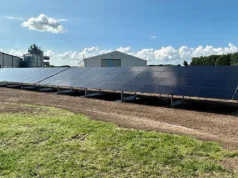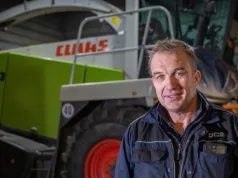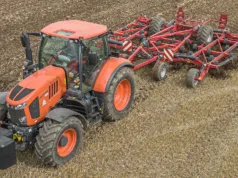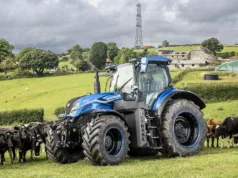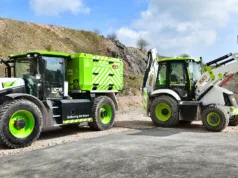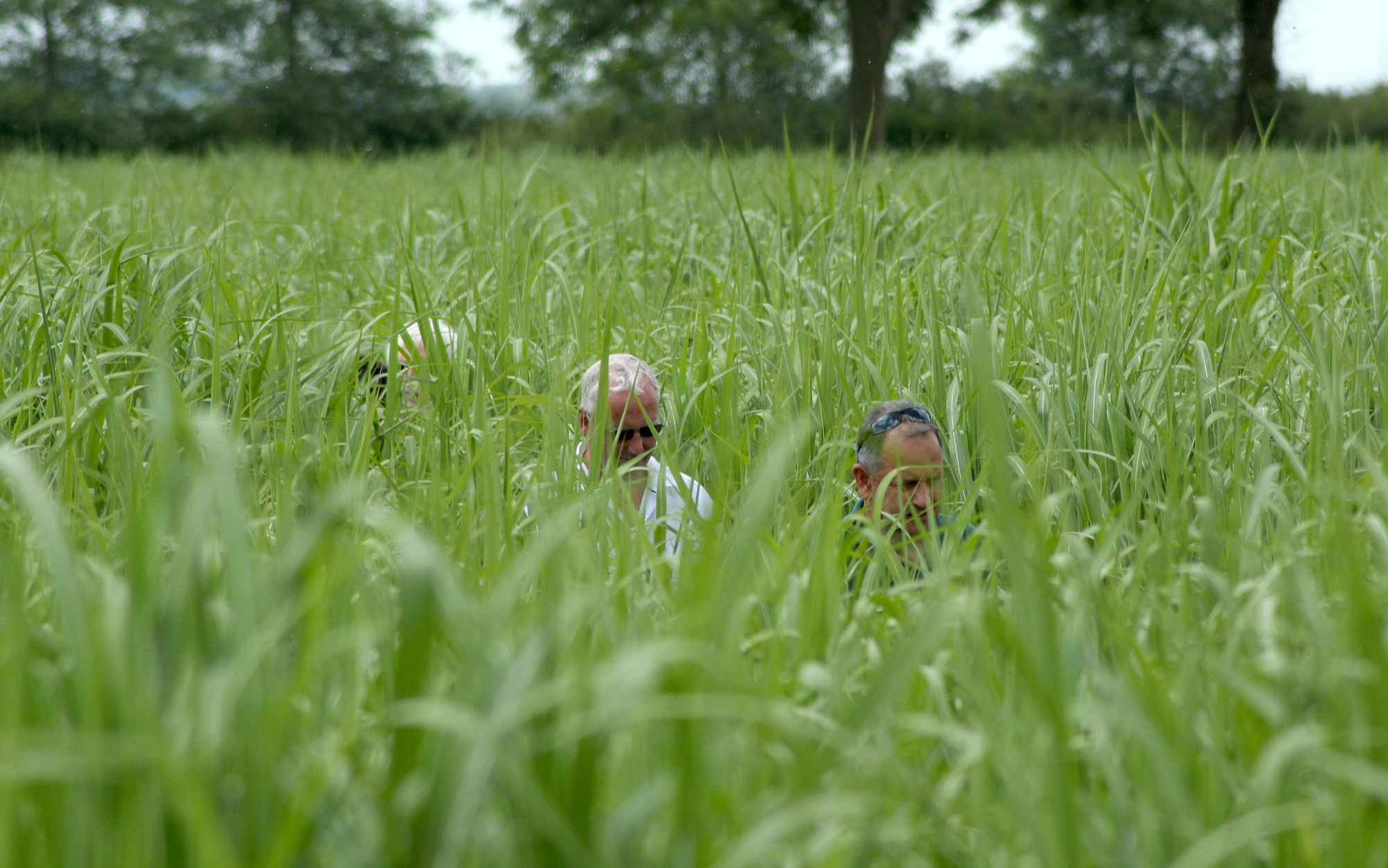
Bioenergy crops such as miscanthus play a key role in the first detailed roadmap for a fully decarbonised nation, outlined in the sixth carbon budget from the Committee on Climate Change (CCC), issued in December 2020.
According to the report, polluting emissions in the UK must decrease by 78 per cent by 2035, and energy crops and bioenergy with carbon capture storage (CCS) will significantly contribute to net zero targets.
It states that planting perennial energy crops, including miscanthus and short rotation willow coppice, alongside short rotation forestry needs to accelerate quickly to at least 30,000ha/year by 2035, so that 700,000ha are planted by 2050.
This increase could sequester two million tonnes of CO2 emissions by 2035 and more than six millon tonnes by 2050. When used with CCS technologies this could displace a further three million tonnes greenhouse gas (GHG emissions) elsewhere in the economy by 2035, increasing to 10 million tonnes of CO2 by 2050.
Terravesta chairman William Cracroft-Eley is encouraged by the report.
“The CCC modelling includes the carbon benefits of bioenergy crops, but not the additional emissions savings from reduced nitrogen use by moving from annual to perennial crops,” he said. “With bioenergy crops specifically grown for use in the energy sector, providing emissions savings from displacing fossil fuels and CO2 removal if combined with CCS along with any net carbon capture benefits that are derived while growing these crops, a sustainable UK supply of bioenergy is an important contributor to net zero targets.
“What’s more, it’s a solution that’s developed, scalable and ready to deliver today, with the ability of producing substantial annual feedstock harvests after the second year from planting. Nothing else can deliver both the essential carbon negative feedstocks and sequestration at the same scale in that timeframe.”
Mr Cracroft-Eley said that the focus needs to be on end uses that are ready to go now, in order to have those technologies contributing to the maximum as soon as possible.
“In the UK, that means first generation burning technologies, delivering large-scale heat and electricity, whether as dedicated supply to major industry or uploaded onto the National Grid from biomass power stations,” he added. “That’s not to say that there aren’t many exciting emerging uses, which include fibre, construction materials, bio-refining for multiple products, some of which offer much greater carbon benefit than burning, but power generation is here at scale and ready to go now, while most of the other technologies are still at the scale-up stage.”


